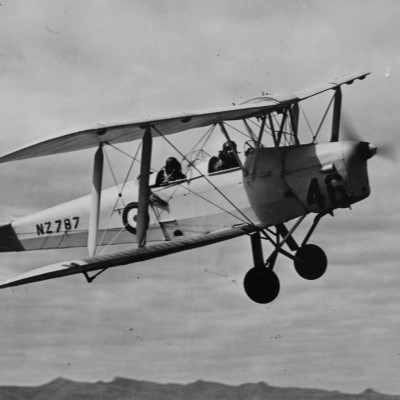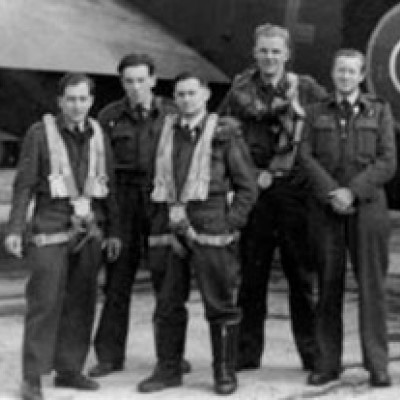Research
Research
The Path to Bomber Command: Part 1
In the early 1940s many young men wanted to be pilots. But prior to this “great adventure,” candidates had to work their way through military bureaucracy before acceptance for initial training. In the first of a series on the path to Bomber Command operations, we follow the paper trail.
A brief history of 75 (NZ) Squadron RAF
When war was declared in September 1939, the New Zealand government waived its claim to Wellington bombers, ordered but not yet delivered, and put them at the disposal of the Royal Air Force. The government requested that a squadron be formed from the New Zealand Flight, and so begins the story of 75 (NZ) Sq.
The Founding of the RNZAF
The Royal New Zealand Air Force was founded on 1 April 1937, just two years before the outbreak of WWII. Courtesy of the Air Force Museum of New Zealand, Michelle Sim tells the story of the formation of the RNZAF.
The Role of Aircrew
A Bomber Command aircrew was a well-drilled team, each with specific responsibilities but dependent on one another if their aircraft was to have any chance of reaching target, dropping its bombs and returning safely. Squadron Leader Jonathan Pote (Rtd.) outlines the different roles of a bomber’s aircrew.
Back to School – Operational Training Units
Having learned their individual trades, airmen were posted to a Bomber Command Operational Training Unit (OTU). Here they assembled into crews - a random mix of fortune and self-selection that could be life-changing - and learned to fly operationally as a unit.




